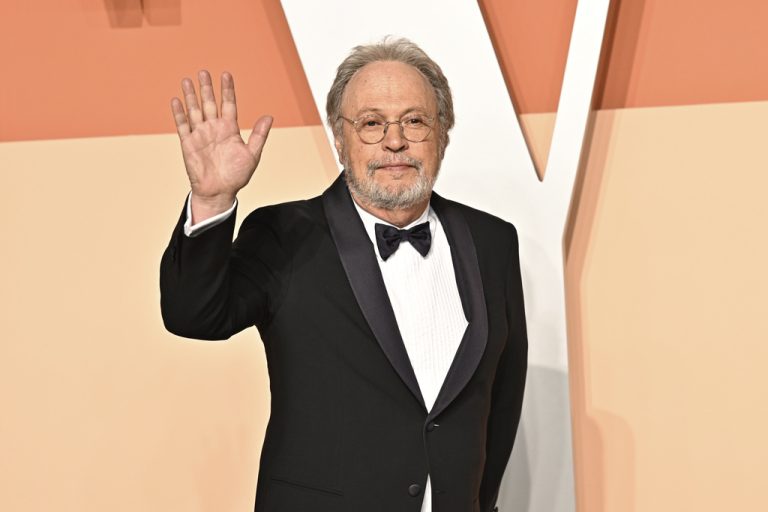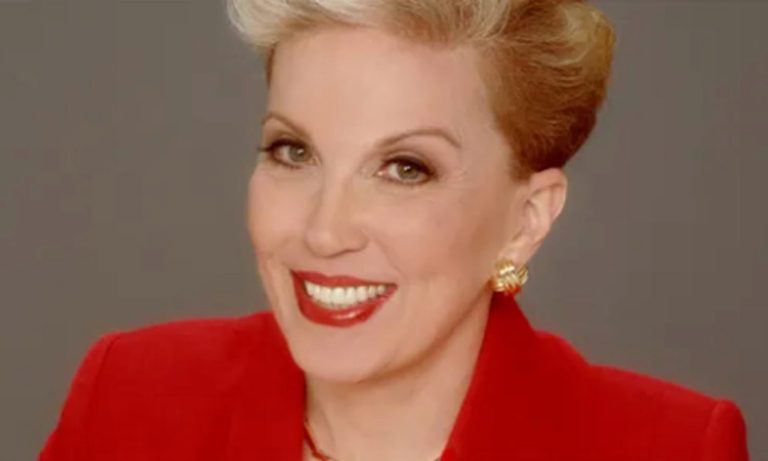Intel CEO Pat Gelsinger has retired, the struggling chipmaker said Monday in a surprise announcement.
Two company executives, David Zinsner and Michelle Johnston Holthaus, will act as interim co-CEOs while the company searches for a replacement for Gelsinger, who also stepped down from the company’s board.
The departure of Gelsinger, whose career spanned more than 40 years, underscores the turmoil at Intel. The company was once a dominant force in the semiconductor industry but has been eclipsed by rival Nvidia, which has cornered the market for chips that run artificial intelligence systems.
Gelsinger started at Intel in 1979 at Intel and was its first chief technology officer. He returned to Intel as chief executive in 2021.
Gelsinger said his exit was “bittersweet as this company has been my life for the bulk of my working career,” he said in a statement. “I can look back with pride at all that we have accomplished together. It has been a challenging year for all of us as we have made tough but necessary decisions to position Intel for the current market dynamics.”
Zinsner is executive vice president and chief financial officer at Intel. Holthaus was appointed to the newly created position of CEO of Intel Products, which includes the client computing group, data center and AI group and network and edge group.
Frank Yeary, independent chair of Intel’s board, will become interim executive chair.
“Pat spent his formative years at Intel, then returned at a critical time for the company in 2021,” Yeary said in a statement. “As a leader, Pat helped launch and revitalize process manufacturing by investing in state-of-the-art semiconductor manufacturing, while working tirelessly to drive innovation throughout the company.”
Gelsinger’s departure comes as Intel’s financial woes have been piling up. The company posted a $16.6 billion loss in the most recent quarter and the company’s shares have fallen by more than half since he took over as CEO. Gelsinger announced plans in August to slash 15% of its huge workforce — or about 15,000 jobs — as part of cost-cutting efforts to to save $10 billion in 2025.
Nvidia’s ascendance, meanwhile, was cemented earlier this month when it replaced Intel on the Dow Jones Industrial Average.
Unlike some of rivals, Intel manufactures chips in addition to designing them.
Last week it was revealed that the Biden administration plans on reducing part of Intel’s $8.5 billion in federal funding for computer chip plants around the country, according to three people familiar with the grant who spoke on the condition of anonymity to discuss private conversations.
Related Articles
Apple readies more conversational Siri in bid to catch up in AI
Elias: JD Vance’s Bay Area connections all but guaranteed him his veep post
Apple Pay, other tech firms come under CFPB regulatory oversight
Silicon Valley tech boom lifts California’s dreary budget view
US Justice Department seeks Google Chrome sale to curb monopoly
The reduction is largely a byproduct of the $3 billion that Intel is also receiving to provide computer chips to the military. President Joe Biden announced the agreement to provide Intel with up to $8.5 billion in direct funding and $11 billion in loans in March.
The changes to Intel’s funding are not related to the company’s financial record or milestones, the people familiar with the grant told The Associated Press.
Shares of the Santa Clara, California, company, rose 2.6% in morning trading. Its stock has shed 42% in the past year.
_____
AP Business Writer Kelvin Chan contributed to this report from London.












